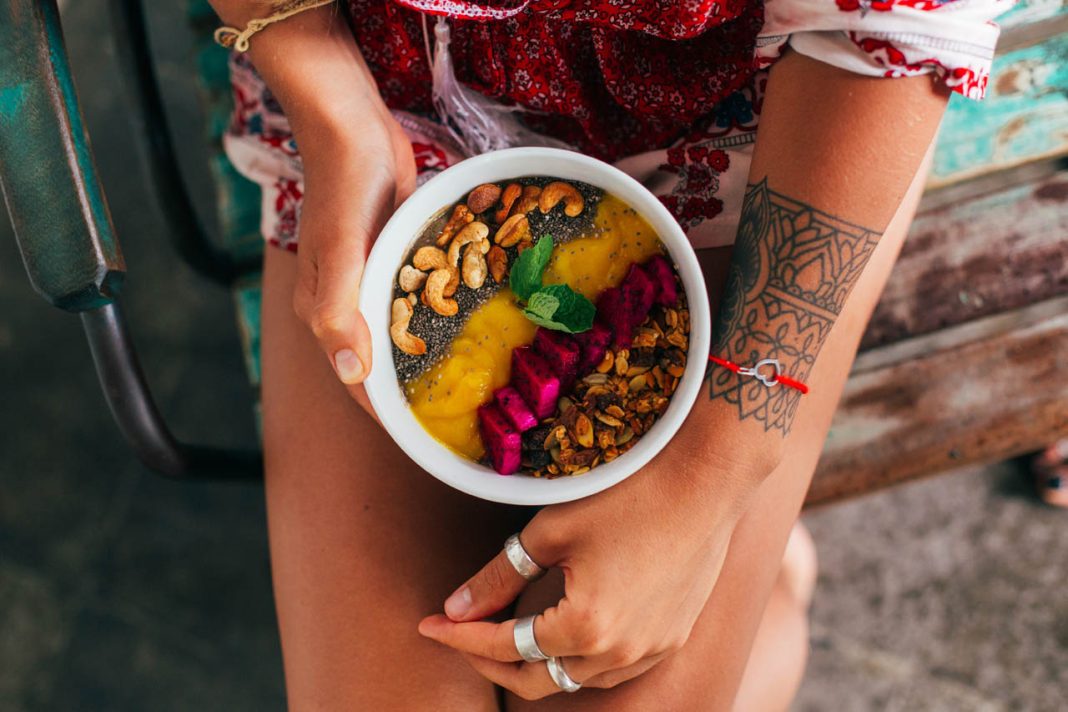In a world that’s rapidly growing more connected, the synergy between African and Chinese artists is creating waves across the global arts scene. These collaborations are as vibrant and varied as the cultures they draw from, merging African rhythms, visuals, and storytelling with the rich history and techniques of China. From art exhibitions to theater performances, this cultural exchange is bringing an exciting fusion of traditions to the forefront.
In Beijing, for instance, African art is garnering attention not just for its cultural significance but for its aesthetic appeal. Tian He, a Chinese filmmaker and gallery owner, speaks passionately about African art’s bold simplicity. His gallery showcases over 800 pieces, including sculptures and carvings from across the African continent, offering a tactile and visual experience that has resonated deeply with Chinese collectors and art enthusiasts
. This blending of African forms and Chinese appreciation is more than just commerce—it’s about fostering cultural connections. Tian’s shop, which started as a personal collection, has now grown into a bridge for artistic dialogue between these two vast regions.
Meanwhile, the soundscape of Beijing is alive with African drumming workshops, where Chinese students of all ages are learning the intricate rhythms that define African music. These classes are not just about technique but about understanding the very pulse of African culture
. The popularity of African drumming is part of a broader trend, with young Chinese musicians eager to incorporate these beats into contemporary Chinese music scenes, further fueling this cross-cultural exchange.
On the theater front, the momentum continues to build. African theater performances are being embraced by Chinese audiences, and conversely, Chinese theater groups are starting to explore African stories. This creative cross-pollination is visible in China’s growing film industry collaborations with African filmmakers. Projects like the sci-fi thriller Lost in Africa, directed by Congolese filmmaker Zeka Laplaine, promise to further solidify this cinematic connection
. With stories that feature both African and Chinese characters, and filming locations across both continents, these films highlight how culture and imagination can bridge the gap between distant worlds.
Art fairs and exhibitions dedicated to showcasing African art in China, such as the “New Colours of Africa” campaign, are also on the rise. These initiatives not only spotlight African creativity but also open the door for African artists to reach a broader market in China
. The growing interest in African art in China reflects a deepening curiosity and appreciation for African culture, one that is expressed through art, music, and performance.
Ultimately, the collaborations between African and Chinese artists represent something more profound than cultural exchange; they are a celebration of the diversity that binds us as humans, showing that creativity knows no borders. Whether through the powerful visuals of African art in Chinese galleries, the beats of African drums filling the air in Beijing, or the tales of African stories on Chinese screens, these partnerships are reshaping the way both regions understand and appreciate each other. This is a love story between two continents, told through the universal language of art.




